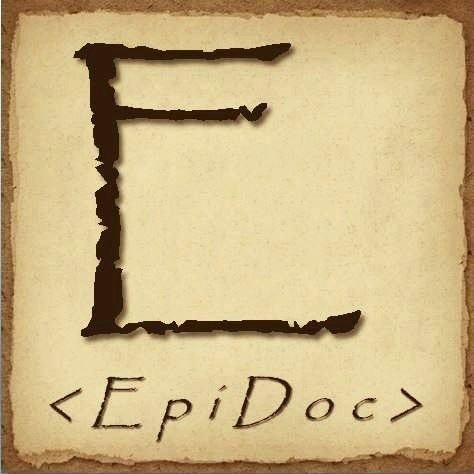 | ||
The EpiDoc Collaborative, building recommendations for structured markup of epigraphic documents in TEI XML, was originally formed in 2000 by scholars at the University of North Carolina at Chapel Hill: Tom Elliott, the former director of the Ancient World Mapping Center, with Hugh Cayless and Amy Hawkins. The guidelines have matured considerably through extensive discussion on the Markup list and other discussion fora, at several conferences, and through the experience of various pilot projects. The first major—but not by any means the only—epigraphic project to adopt and pilot the EpiDoc recommendations were the Inscriptions of Aphrodisias and Vindolanda Tablets Online in 2002-4, and the guidelines reached a degree of stability for the first time in that period. EpiDoc has since been adopted as the native format for the Greek Papyrology site, Papyri.info.
Contents
The EpiDoc schema and guidelines may also be applied, perhaps with some local modification to related palaeographical fields including Sigillography, and Numismatics.
Guidelines and Schema
The EpiDoc Guidelines are available in two forms:
- the stable guidelines, released periodically
- the source code, available in its most up-to-date form in the EpiDoc Sourceforge repository. The Guidelines source files are a series of XML documents, plus XSLT to transform them to the web version.
- the current version of the schema, which may be linked to directly by XML documents.
- the source code, available in its most up-to-date form in the EpiDoc SourceForge repository.
Tools
Tool developed by and for the EpiDoc community include:
Projects
Fuller list of projects maintained at:
